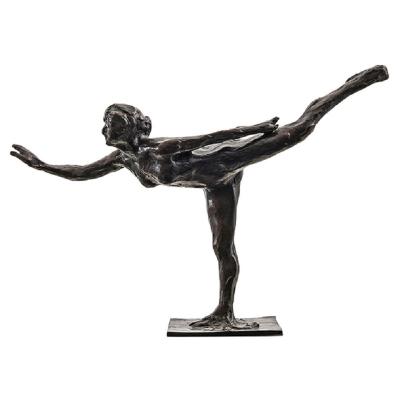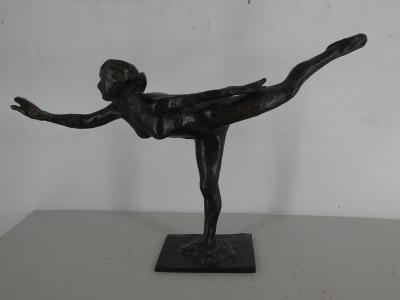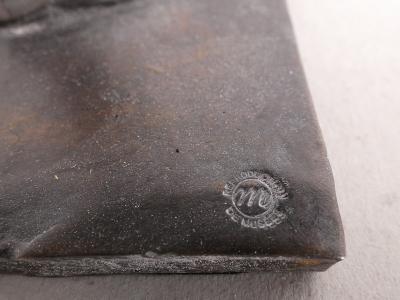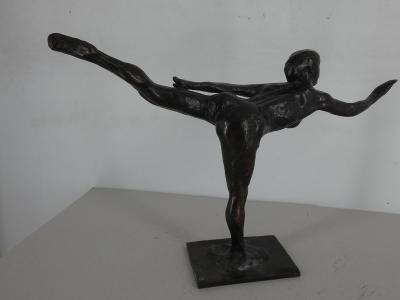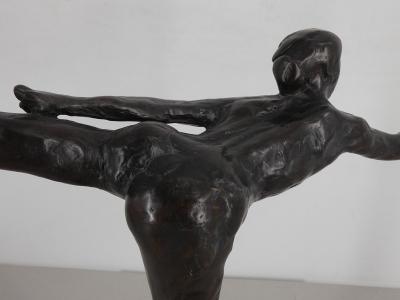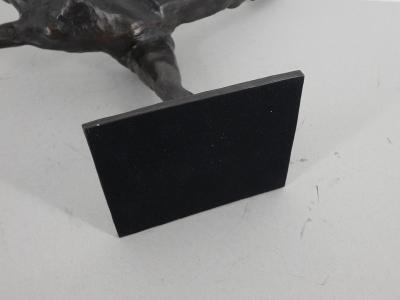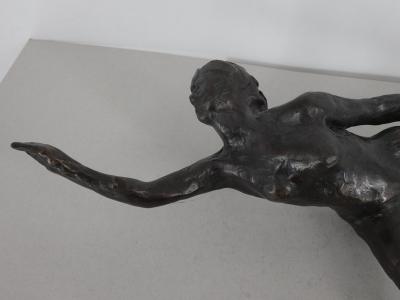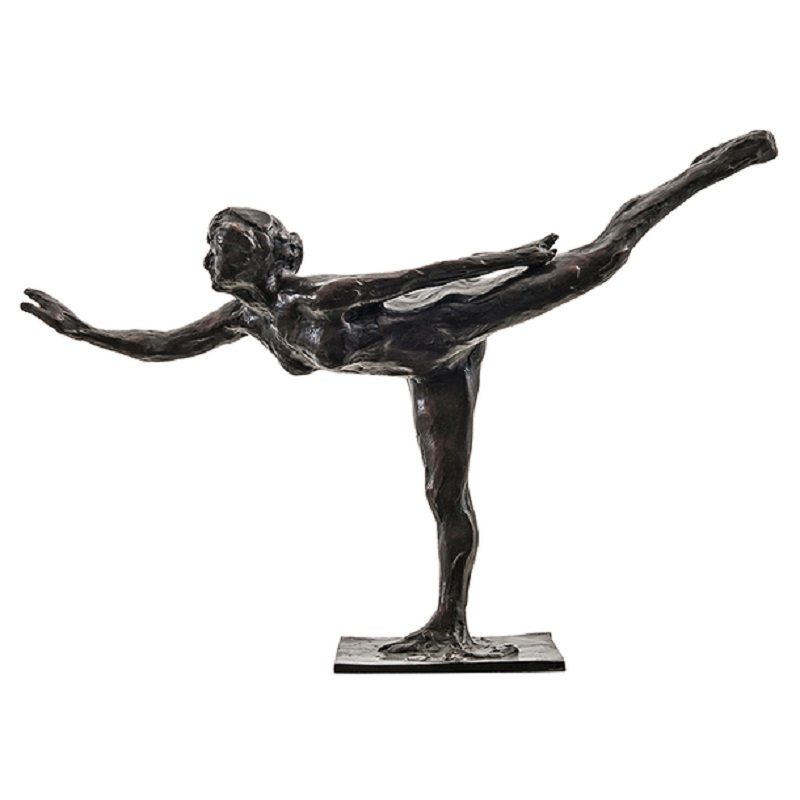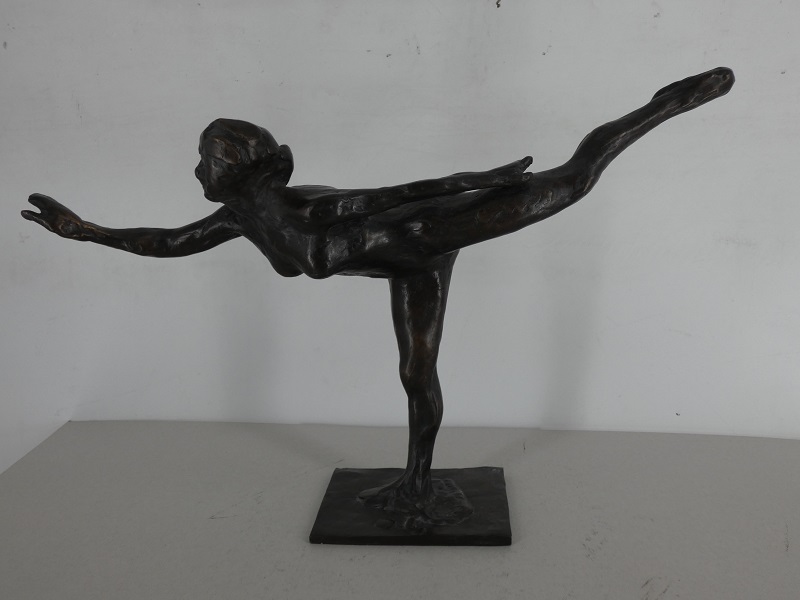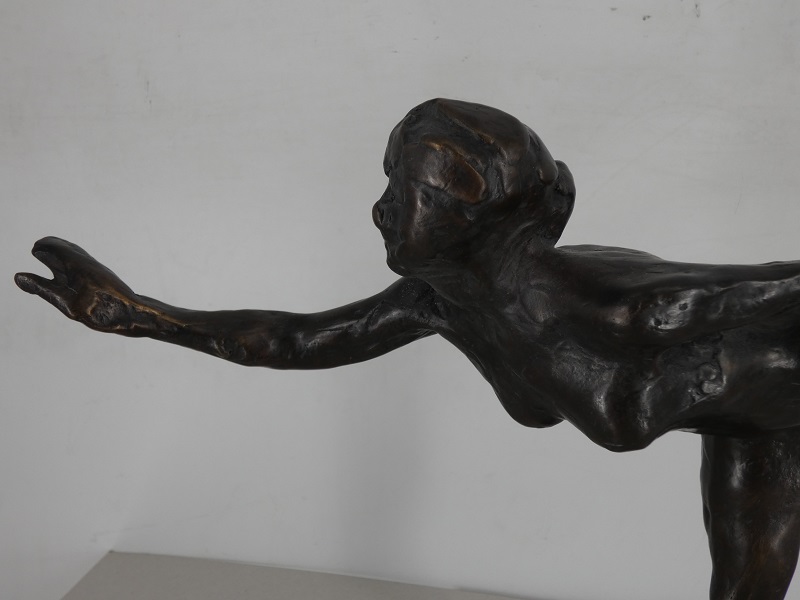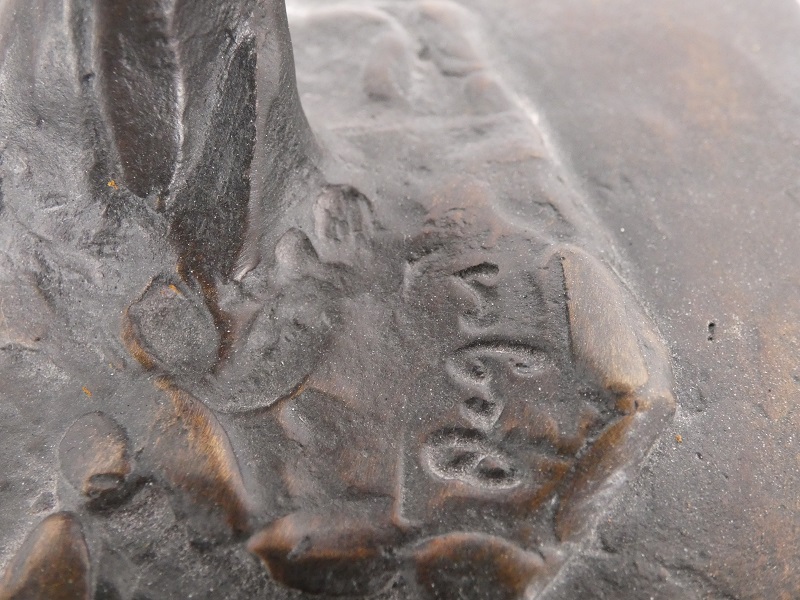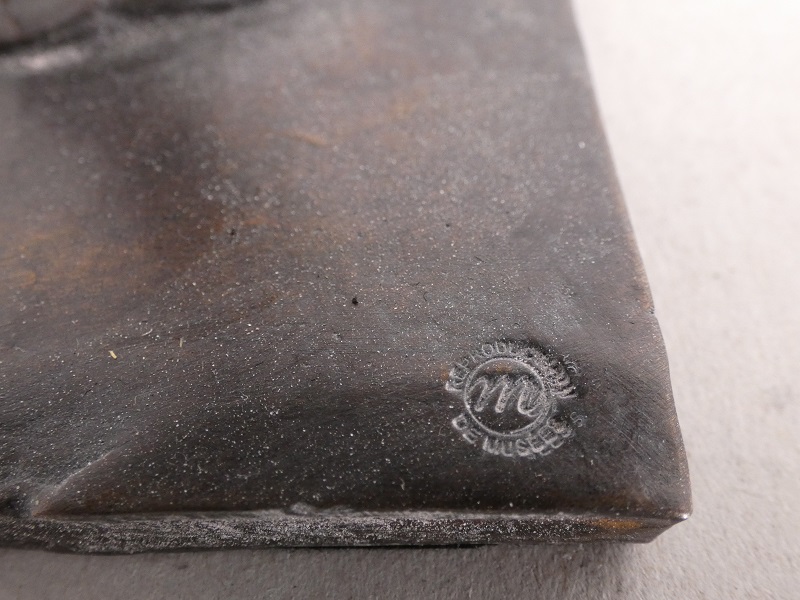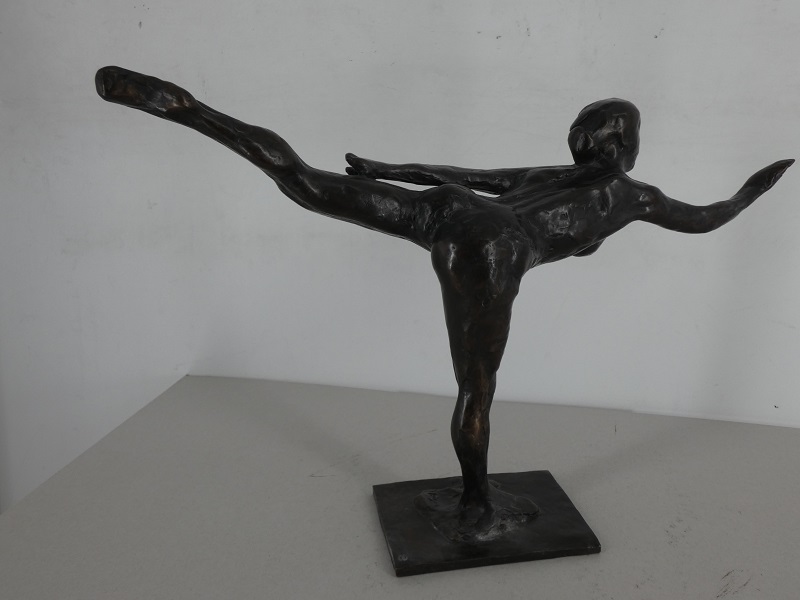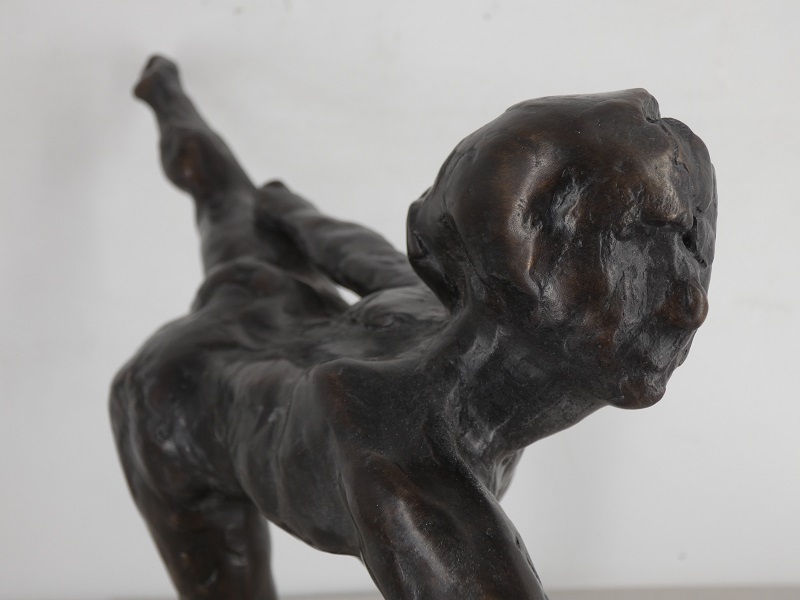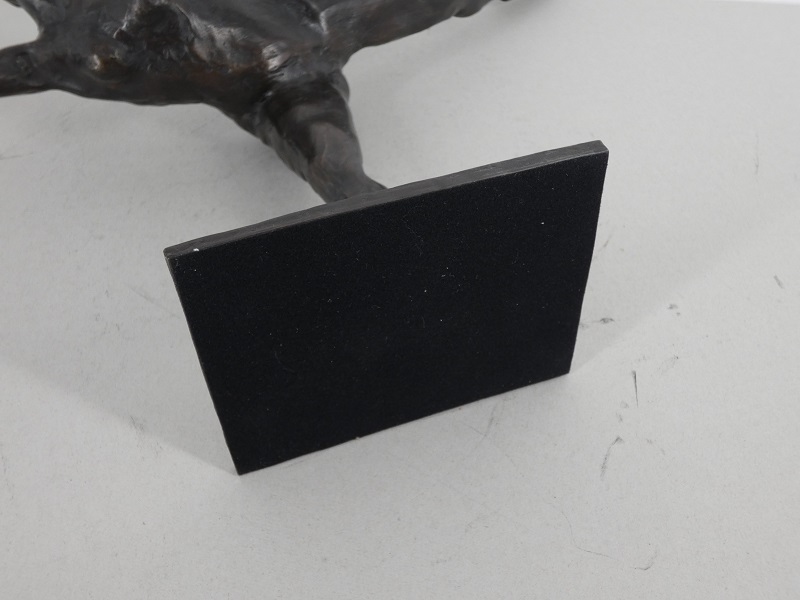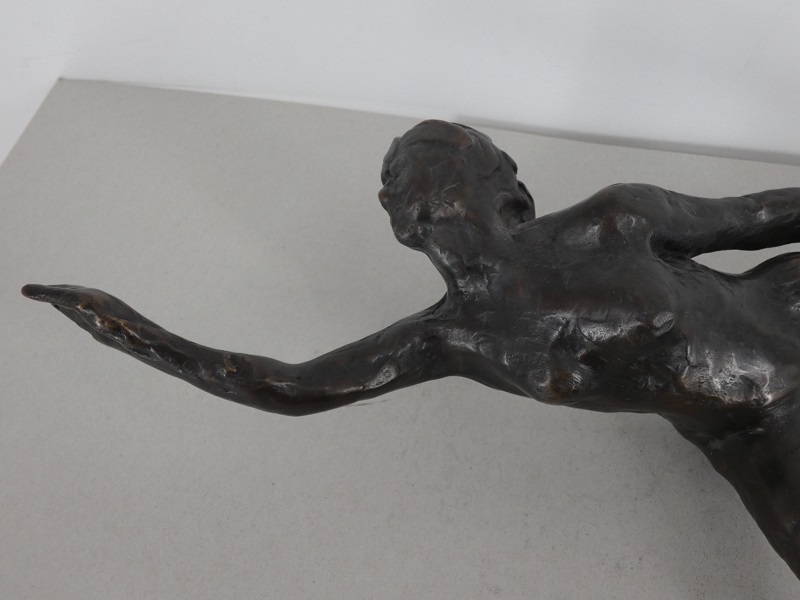-
-
- Alexander Calder(21)
- André Derain(87)
- Andy Warhol(29)
- Antoni Tapiès(23)
- Arman(24)
- Aurélie Nemours(2)
- Bengt Lindström(25)
- Bernard Buffet(197)
- César(9)
- Charles Eames(1)
- Charlotte Perriand(17)
- Claude Weisbuch(34)
- Corneille van Beverloo(15)
- Eduardo Chillida(17)
- François Morellet(1)
- Georges Braque(93)
- Gustav Klimt(11)
- Hans Bellmer(19)
- Hans Hartung lithograph(18)
- Henri Matisse(165)
- Hervé Télémaque(4)
- Jacques Villeglé(7)
- Jean Cocteau(209)
- Jean Hélion(12)
- Jean Miotte(12)
- Jean Picart Le Doux(6)
- Joan Miro(124)
- Karel Appel(1)
- Keith Haring(28)
- Ladislas Kijno(2)
- Léonard Tsugouharu Foujita(47)
- Leonor Fini(95)
- Louis Toffoli(16)
- Marc Chagall(371)
- Marie Laurencin(45)
- Maurice de Vlaminck(85)
- Maurice Utrillo(21)
- Max Ernst(39)
- Mimmo Rotella(4)
- Niki de Saint Phalle(6)
- Pablo Picasso(377)
- Peter Klasen(8)
- Philippe Pasqua(2)
- Pierre Alechinsky(23)
- Pierre Soulages lithographs(33)
- Pierre Tal-Coat(2)
- Pierre-Yves Trémois(38)
- Raoul Dufy(53)
- Robert Combas(6)
- Salvador Dali(470)
- Théo Tobiasse(5)
- Tony Soulié(13)
- Valério Adami(34)
- Yves Brayer(41)
- Zao Wou-Ki(14)
Top artists -
-
-
- Alexander Calder(21)
- André Derain(87)
- Andy Warhol(29)
- Antoni Tapiès(23)
- Arman(24)
- Aurélie Nemours(2)
- Bengt Lindström(25)
- Bernard Buffet(197)
- César(9)
- Charles Eames(1)
- Charlotte Perriand(17)
- Claude Weisbuch(34)
- Corneille van Beverloo(15)
- Eduardo Chillida(17)
- François Morellet(1)
- Georges Braque(93)
- Gustav Klimt(11)
- Hans Bellmer(19)
- Hans Hartung lithograph(18)
- Henri Matisse(165)
- Hervé Télémaque(4)
- Jacques Villeglé(7)
- Jean Cocteau(209)
- Jean Hélion(12)
- Jean Miotte(12)
- Jean Picart Le Doux(6)
- Joan Miro(124)
- Karel Appel(1)
- Keith Haring(28)
- Ladislas Kijno(2)
- Léonard Tsugouharu Foujita(47)
- Leonor Fini(95)
- Louis Toffoli(16)
- Marc Chagall(371)
- Marie Laurencin(45)
- Maurice de Vlaminck(85)
- Maurice Utrillo(21)
- Max Ernst(39)
- Mimmo Rotella(4)
- Niki de Saint Phalle(6)
- Pablo Picasso(377)
- Peter Klasen(8)
- Philippe Pasqua(2)
- Pierre Alechinsky(23)
- Pierre Soulages lithographs(33)
- Pierre Tal-Coat(2)
- Pierre-Yves Trémois(38)
- Raoul Dufy(53)
- Robert Combas(6)
- Salvador Dali(470)
- Théo Tobiasse(5)
- Tony Soulié(13)
- Valério Adami(34)
- Yves Brayer(41)
- Zao Wou-Ki(14)
Top artists -
Prima Ballerina (Edgar Degas) - Bronze reproduction
Molded on the original work by Edgar Degas
A certificate from the publisher will be attached.
Bears the dry stamp of the Moulage workshop Musée du Louvre
Dimensions: 45 x 32 x 11cm
The original work is kept at the Musée d'Orsay
Edgar Degas practiced sculpture in parallel with painting essentially to improve the latter. The practice of sculpture becomes essential at the end of his career when he chooses it as a
privileged
means of expression.
Dimensions :
- Height : 45 cm
- Width : 32 cm
Moulée sur l'œuvre originale réalisée par Edgar Degas
Sera joint un certificat de l'éditeur
Porte le cachet sec de l'atelier de Moulage Musée du Louvre
Dimensions : 45 x 32 x 11 cm
L'œuvre originale est conservée au Musée d'Orsay
Edgar Degas a pratiqué la sculpture en parallèle de la peinture essentiellement pour améliorer cette dernière.
 Edgar Degas :
(1834-1917) is a french painter, and one of the major figures of impressionism.
He received an artistic education between classicism and romanticism, studying the great masters at The Louvre (Mantegna, Véronèse, Dürer, Rembrandt...). He studied at the Fine-Arts School in 1855 and visited Louis Lamothe's workshop, Ingres' pupil. Degas then made several trips in Napoli, Firenze and Roma, copying masters from Renaissance, where he discovered the macchiaioli movement. Degas also admired Delacroix, was interested in japanese prints and tried historical painting (Little spartan girls provoking boys, 1860). He met Louis Edmond Duranty and Édouard Manet. Degas created many portraits (Woman leaning near a flower vase, 1865). Though his "Race horses in front of the tribunes" (1869-1872) reflected more remarkably his originality.
From 1873, he played an active role in the genesis and history of the impressionist group. He participed to the exhibitions from 1874 to 1886 (series of « Toileting women », started near 1883). At The "Salon des Impressionnistes" of 1881, he exhibited one of his first sculptures : the fourteenth years old dancer in wax.
The artist renewed the rendering of space in his paintings and audacious framings and light effects (Café-Concert des Ambassadeurs, 1876-1877).
Because of sight problems (starting in 1893), he slowly set oil painting aside and dedicated himself to different technical devices (charcol, pastel, gouache). At the end of his life, he realised sculptures, engravings, etching and poems. The artist died in Paris in 1917.
Edgar Degas :
(1834-1917) is a french painter, and one of the major figures of impressionism.
He received an artistic education between classicism and romanticism, studying the great masters at The Louvre (Mantegna, Véronèse, Dürer, Rembrandt...). He studied at the Fine-Arts School in 1855 and visited Louis Lamothe's workshop, Ingres' pupil. Degas then made several trips in Napoli, Firenze and Roma, copying masters from Renaissance, where he discovered the macchiaioli movement. Degas also admired Delacroix, was interested in japanese prints and tried historical painting (Little spartan girls provoking boys, 1860). He met Louis Edmond Duranty and Édouard Manet. Degas created many portraits (Woman leaning near a flower vase, 1865). Though his "Race horses in front of the tribunes" (1869-1872) reflected more remarkably his originality.
From 1873, he played an active role in the genesis and history of the impressionist group. He participed to the exhibitions from 1874 to 1886 (series of « Toileting women », started near 1883). At The "Salon des Impressionnistes" of 1881, he exhibited one of his first sculptures : the fourteenth years old dancer in wax.
The artist renewed the rendering of space in his paintings and audacious framings and light effects (Café-Concert des Ambassadeurs, 1876-1877).
Because of sight problems (starting in 1893), he slowly set oil painting aside and dedicated himself to different technical devices (charcol, pastel, gouache). At the end of his life, he realised sculptures, engravings, etching and poems. The artist died in Paris in 1917.
-
Create an alert
Create an alert
Please subscribe to our free alert service to be notified when a similar item is available on the website.
This item is not available. Please click on « View the catalog » to see similar items available.
